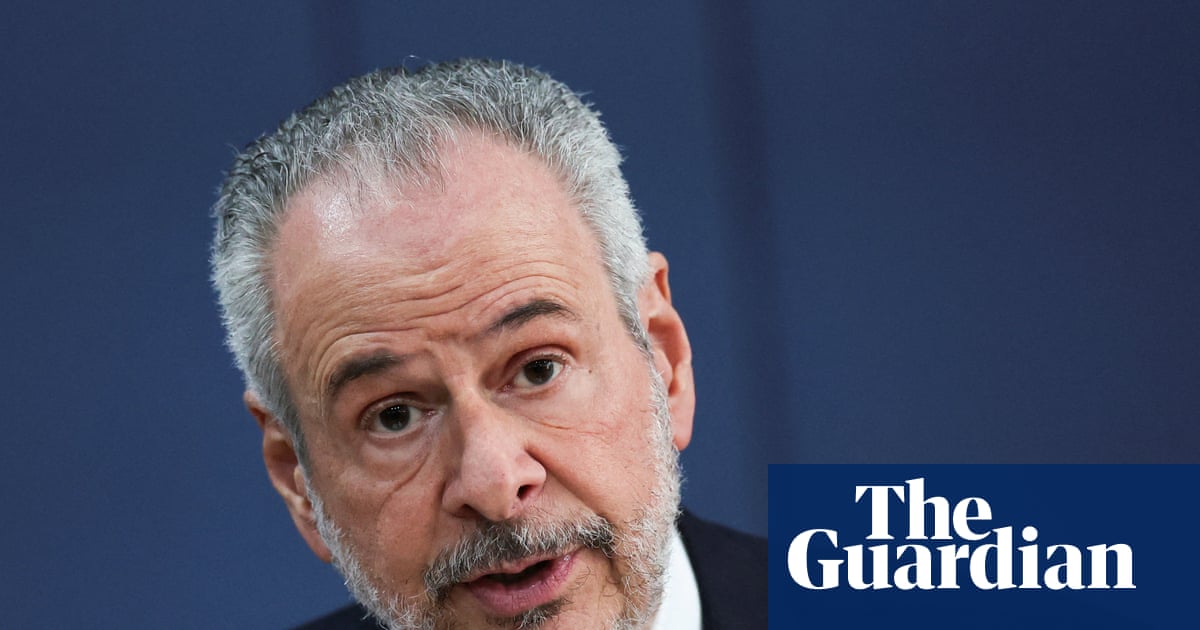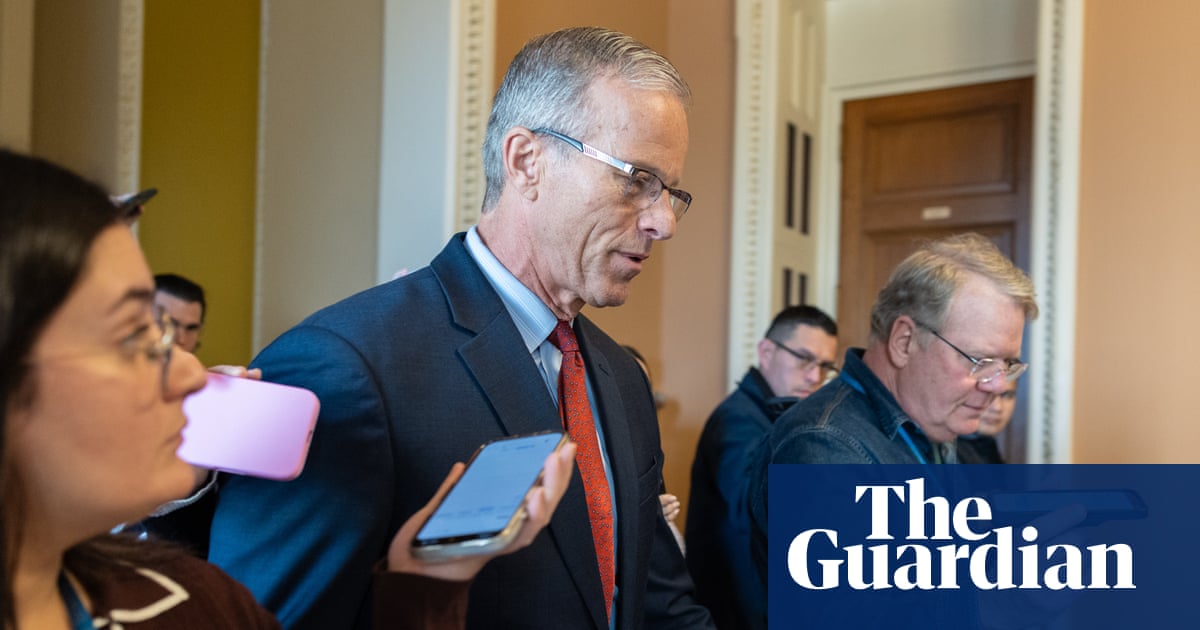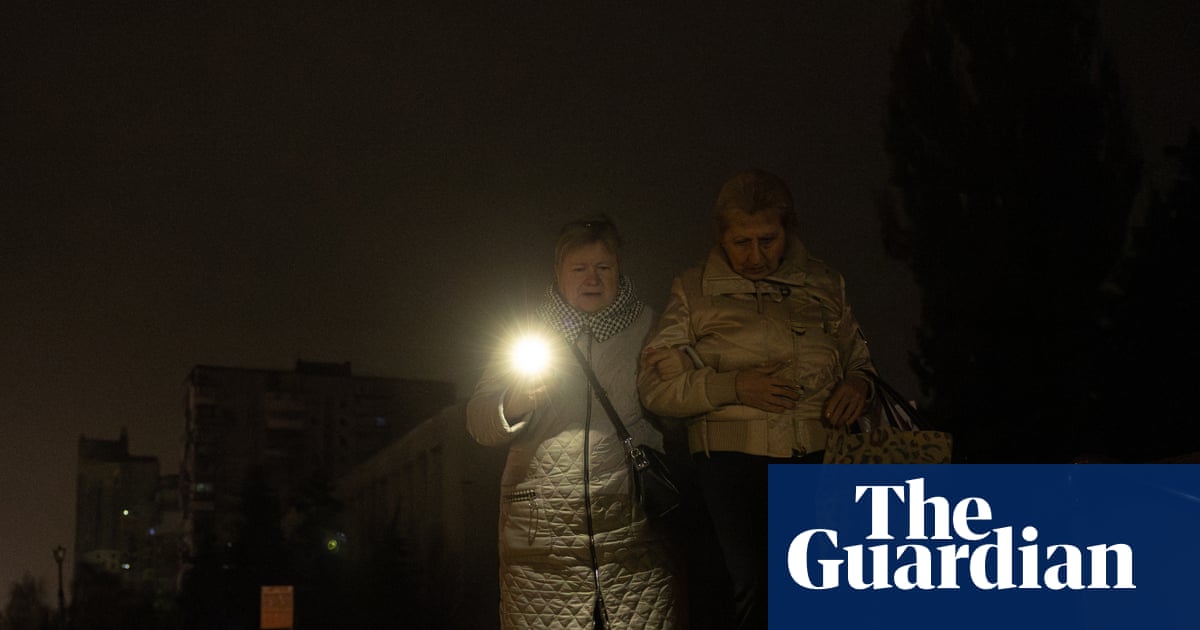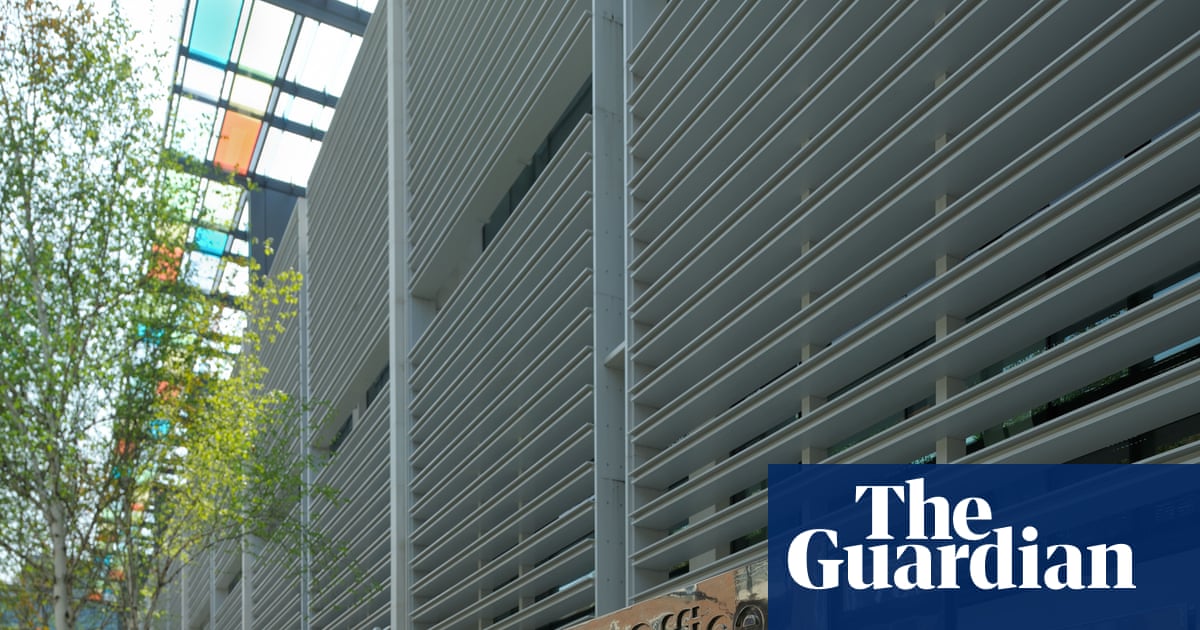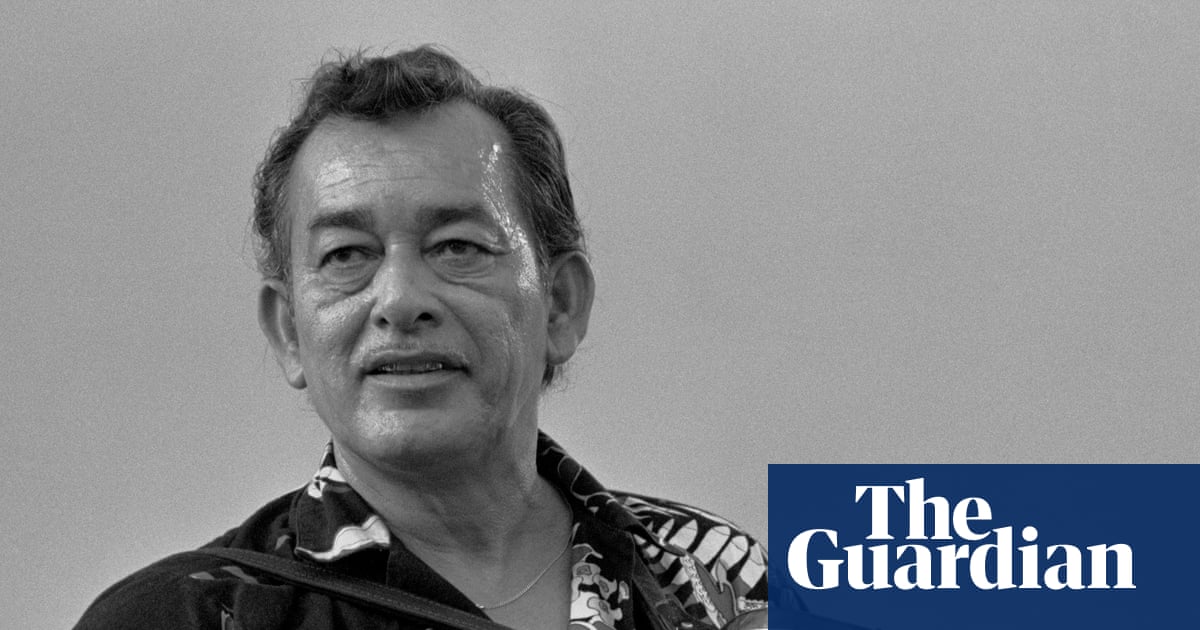Patients in England now have greater access to important tests such as MRI scans and endoscopies in the evenings and weekends, the government has said, after increasing the number of community diagnostic centres (CDCs) offering out of hours services.
There are 170 CDCs operating in England, which are often in shopping centres, football stadiums and on university campuses. Patients can access them through a referral from their GP or clinical teams at hospitals.
The government has revealed that 100 CDCs are open 12 hours a day, seven days a week – an increase of 37 CDCs with such opening hours compared with July 2024 – with the hope that the service will allow patients greater and speedier access to diagnosis.
The move to provide more convenient care is part of the government’s plan for change which, it says, aims to transform healthcare and make the NHS fit for the future, with an expansion of community-based services a key part of the approach.
Wes Streeting, the health secretary, said: “This government is determined to offer healthcare that fits around working people’s lives and not the other way around.
“From early morning MRI scans to late evening blood tests, we’re meeting patients where they need it most by extending the operating hours for community diagnostic centres and putting patients first.”

The government has also committed to building up to five more CDCs in 2025-26 and is planning to extend opening hours for all CDCs at evenings and on weekends.
It said latest data showed the NHS delivered more than 1.6 million more tests and scans from July 2024 to June 2025 compared with the same time the previous year.
Sarah Sleet, the chief executive at Asthma + Lung UK, welcomed the expansion of opening hours for CDCs.
“Making it easier for people to access tests close to home is crucial to improve diagnosis rates for lung conditions,” she said.
“Receiving an early and accurate diagnosis is essential for treating and managing someone’s lung condition, it can lead to a reduction in hospital admissions and even lengthen their life. We hope this focus on neighbourhood diagnostics will lead to quicker diagnosis of lung conditions, the UK’s third biggest killer, at a time when a historic lack of access to tests is leaving tens of thousands of people breathless and anxious.”
Laura Challinor, the senior policy manager at Blood Cancer UK, also welcomed the expansion of out-of-hours appointments but said further action was needed given blood cancer was the UK’s third biggest cancer killer and survival rates were lagging behind those of similar countries.
“For CDCs to be of most benefit to people with blood cancer, we also want to see a commitment to end regional variation in diagnostic testing practice, including full blood count (FBC) tests available for those presenting with non-specific symptoms, and timed diagnostic pathways developed for blood cancers,” she said.
Charlotte Beardmore, the executive director of professional policy at the Society of Radiographers, said CDCs offered patients improved access to routine imaging investigations, while timely diagnostics through CDCs were essential to ensure patients could access treatments sooner.
But while Beardmore said the location, and extended opening hours of CDCs, could make it easier for patients to attend, she stressed a growing demand for imaging meant the government must invest in the radiography workforce.
“This means investment in new NHS posts for radiographers to ensure all CDCs offer the capability, flexibility and the range of services for patients in their local community,” she said. “Without radiographers CDCs cannot function.”

 2 months ago
58
2 months ago
58









